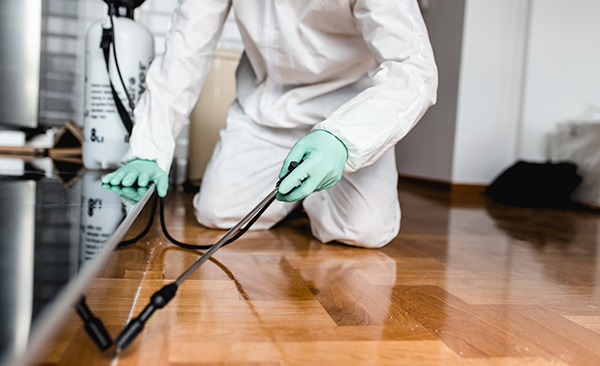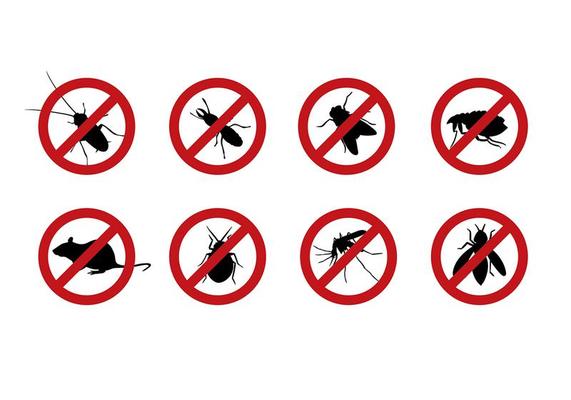Quick and Dependable Pest Removal Services with Pest Control Lockhart
Quick and Dependable Pest Removal Services with Pest Control Lockhart
Blog Article
Checking Out Invasion and Treatment Techniques on the planet of Insect Control
The landscape of pest control encompasses a myriad of obstacles, especially as invasions of common home bugs continue to evolve. By incorporating preventive steps with advanced management methods, such as Integrated Pest Management (IPM), homeowners can much better guard their atmospheres.

Common Home Pests
When it comes to handling our living areas, understanding usual household insects is important. These parasites not only interrupt our comfort yet can also posture health and wellness threats and damage building. One of the most widespread house pests include ants, cockroaches, rats, termites, and bed insects.
Ants, usually seen foraging in kitchens, can pollute food and develop huge colonies. Cockroaches, recognized for their strength, can activate allergic reactions and spread pathogens. Rats, including computer mice and rats, can trigger structural damage and carry diseases like hantavirus and salmonella. Termites, typically described as "quiet destroyers," can jeopardize the integrity of wooden frameworks, causing expensive fixings. Bed pests, although not disease providers, can cause significant discomfort via their attacks and result in emotional distress.
Acknowledging the indicators of these pests, such as droppings, nests, or bite marks, is vital for very early treatment (Pest Control Lockhart). Correct sanitation methods, securing access factors, and keeping a clutter-free environment work preventative measures. By determining these typical home insects and comprehending their behaviors, property owners can take aggressive actions to mitigate invasions, making certain a healthier living atmosphere
Comprehending Bug Infestations
Bug problems can escalate rapidly, transforming a small nuisance into a substantial problem if not resolved without delay. Usual elements contributing to problems consist of inadequate hygiene, architectural susceptabilities, and seasonal modifications that drive pests indoors.
Determining the kind of bug is important, as various varieties exhibit varied behaviors and reproductive rates. As an example, rats may develop nests in surprise locations while bugs like cockroaches thrive in damp environments. Early detection typically rests on acknowledging indications such as droppings, nibble marks, or uncommon audios, which can show a problem before it ends up being severe.
Environmental problems also play an essential role in bug proliferation. Cozy, humid environments can help with the rapid development of insect populaces, while adjustments in landscaping or construction can accidentally develop favorable settings. As a result, regular examinations and preventative actions are paramount to reducing the risk of infestations. An educated technique to recognizing these dynamics lays the groundwork for reliable insect monitoring techniques in the future.
Treatment Approaches and Techniques
Efficient treatment techniques and strategies are necessary for alleviating pest problems and restoring a risk-free atmosphere. A complex strategy is often best, integrating chemical, organic, and mechanical strategies tailored to the details pest and the seriousness of the problem.
Chemical treatments consist of using insecticides and herbicides, which can efficiently get rid of insects. Nevertheless, proper application and adherence to safety and security guidelines are important to lessen risks to humans and non-target organisms. Integrated Pest Administration (IPM) encourages the wise use chemicals as a last hope, depending rather on surveillance and limit levels to figure out intervention demands.
Organic control methods include introducing all-natural killers or bloodsuckers to lower bug populaces. This technique is increasingly popular, specifically in agricultural settings, as it advertises ecological sustainability.
Mechanical techniques, such as traps and obstacles, offer prompt relief from bugs without presenting chemicals. Options consist of sticky traps for bugs or physical obstacles for rodents.
Eventually, the option of treatment technique must think about the certain bug, the environment, and potential influences on human wellness and environments. A balanced combination of these methods can successfully take care of infestations important site while advertising long-term insect control remedies.
Preventative Actions for Homes
Proactively dealing with bug issues before they rise is important for preserving a healthy and balanced home environment (Pest Control Lockhart). Carrying out reliable safety nets can dramatically decrease the possibility of problems, inevitably securing both your residential or commercial property and health

Correct landscape design likewise plays a vital function in avoidance. Maintaining bushes and trees cut away from the house minimizes the chances of insects discovering their means inside. Furthermore, guarantee that drainage systems are functioning efficiently to avoid standing water, which can attract mosquitoes and other insects.
Last but not least, regular assessments are a good idea. Frequently examining for signs of insect task permits for early intervention. By embracing these safety nets, homeowners see this page can produce a setting that is much less congenial to bugs, thus improving their overall top quality of life and reducing the need for considerable pest control treatments.
Commercial Pest Control Approaches
An extensive strategy to industrial bug control is important for companies intending to maintain a secure and hygienic environment. Efficient strategies include a mix of routine inspections, worker training, and the execution of Integrated Pest Monitoring (IPM) techniques.
Regular assessments allow very early discovery of bug activity, enabling prompt treatment. Businesses ought to create a routine schedule for these analyses, concentrating on risky locations such as kitchen areas, storeroom, and garbage disposal sites. Employee training is equally vital; staff must be enlightened on the indicators of insect invasions and the importance of reporting them quickly.
Executing IPM methods aids reduce parasite issues sustainably. This includes environment adjustment, such as sealing entrance factors and minimizing mess, in addition to employing all-natural deterrents prior to turning to chemical treatments.

Furthermore, teaming up with a qualified bug control supplier guarantees access to professional expertise and sophisticated therapy choices. This partnership can result in personalized bug control plans customized to the details needs of business, decreasing dangers and enhancing general efficiency. Inevitably, a positive and enlightened strategy cultivates a pest-free setting, guarding both public health and wellness and service reputation.
Conclusion
In final thought, efficient pest control necessitates a thorough understanding of typical house insects and their behaviors, paired with targeted treatment approaches. Carrying out precautionary procedures together with therapy methods such as Integrated Insect Administration and biological control boosts the capacity to alleviate problems. Regular assessments and a mix of chemical and mechanical solutions further add Learn More Here to maintaining pest-free atmospheres. Inevitably, an all-around method to pest monitoring is necessary for securing living areas from undesirable intruders.
Report this page